Detailed content
Technical Specifications
- Model: Bently 330180-51-00
- Type: Vibration Sensor (Accelerometer)
- Measurement Range: This sensor is designed to measure vibration in terms of acceleration. While the exact range can vary, it is generally suitable for a broad range of industrial applications. Specific details should be verified from the product datasheet.
- Output Signal: Provides an analog output, typically a 4-20 mA current loop signal. This output is standard and facilitates integration with most industrial monitoring systems.
- Sensitivity: The sensor’s sensitivity is expressed in units such as mV/g (millivolts per gravitational acceleration). The precise sensitivity value should be confirmed in the datasheet.
- Frequency Response: Designed to measure a wide frequency range, which includes both low and high frequencies, to accommodate various vibration monitoring needs. The exact frequency response characteristics are detailed in the datasheet.
- Operating Temperature Range: Operates effectively within a wide temperature range, typically from -40°C to +85°C (-40°F to +185°F). This broad range ensures reliable performance in diverse environmental conditions.
- Protection Rating: Usually features a high protection rating, such as IP67, indicating it is resistant to dust ingress and can withstand temporary immersion in water.
Features
- High Precision: Delivers accurate vibration measurements, essential for detecting minor changes and potential issues in machinery.
- Robust Construction: Built to endure harsh industrial environments, ensuring long-term durability and reliability.
- Stable Performance: Known for stable and consistent measurements over time, which is critical for effective monitoring and analysis.
- Compatibility: Easily integrates with various vibration monitoring systems, facilitating smooth incorporation into existing setups.
Application Scenarios
- Machinery Condition Monitoring: Used to monitor the health of rotating equipment such as motors, pumps, compressors, and turbines. The sensor aids in early detection of mechanical issues through vibration analysis.
- Predictive Maintenance: Plays a crucial role in predictive maintenance programs by providing detailed vibration data that helps predict potential equipment failures before they occur, reducing downtime and maintenance costs.
- Industrial Automation: Employed in automated systems to provide continuous monitoring of machinery, ensuring smooth operation and preventing production interruptions.
- Power Generation and Oil & Gas: Applied in critical sectors like power generation and oil & gas to monitor essential equipment, helping prevent unexpected failures and maintain operational efficiency.
Usage Considerations
- Installation: Proper installation is essential for accurate measurements. Ensure the sensor is mounted in an optimal position to effectively measure relevant vibrations.
- Calibration: Regular calibration is necessary to maintain the sensor’s accuracy and performance.
- Maintenance: Routine inspection and maintenance are important to ensure the sensor continues to function correctly and to address any potential issues.


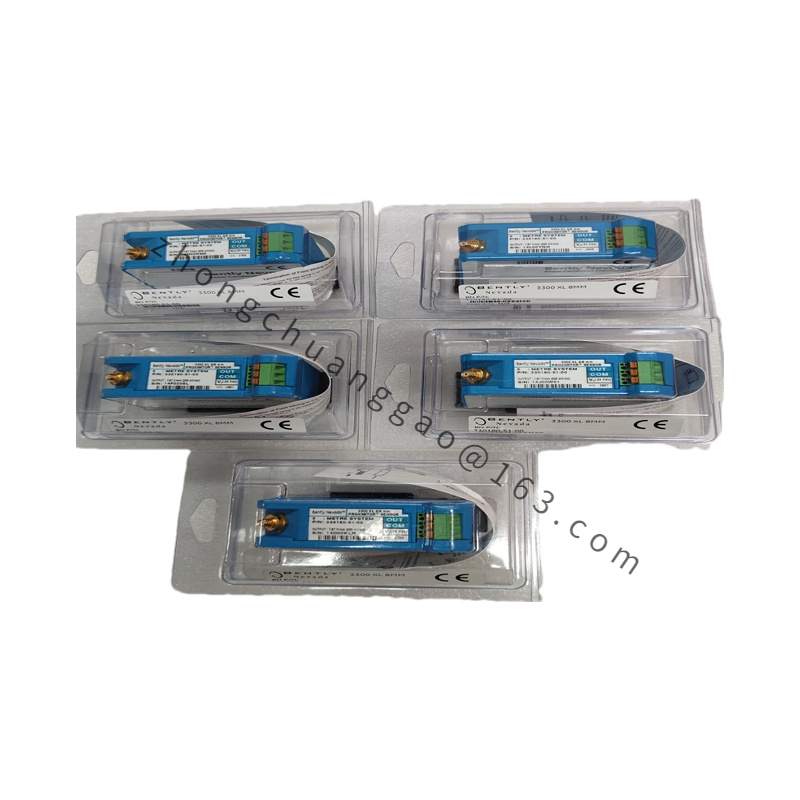
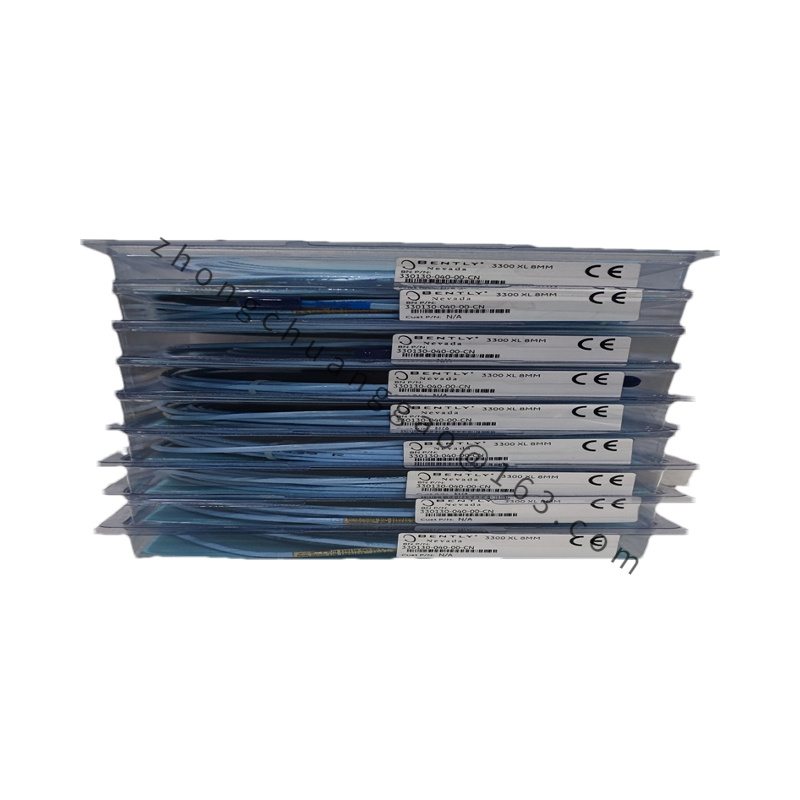
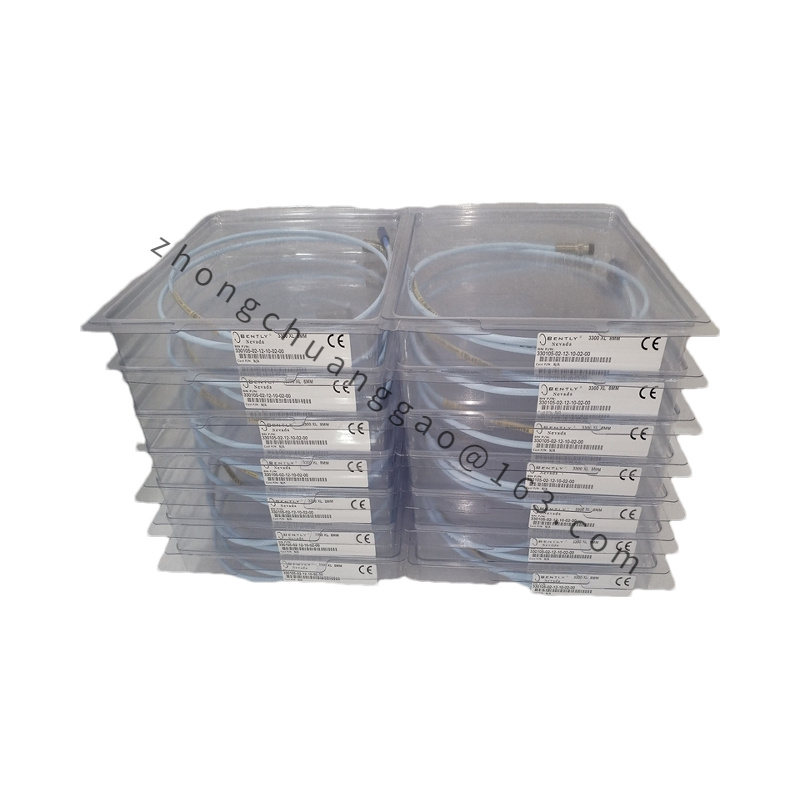
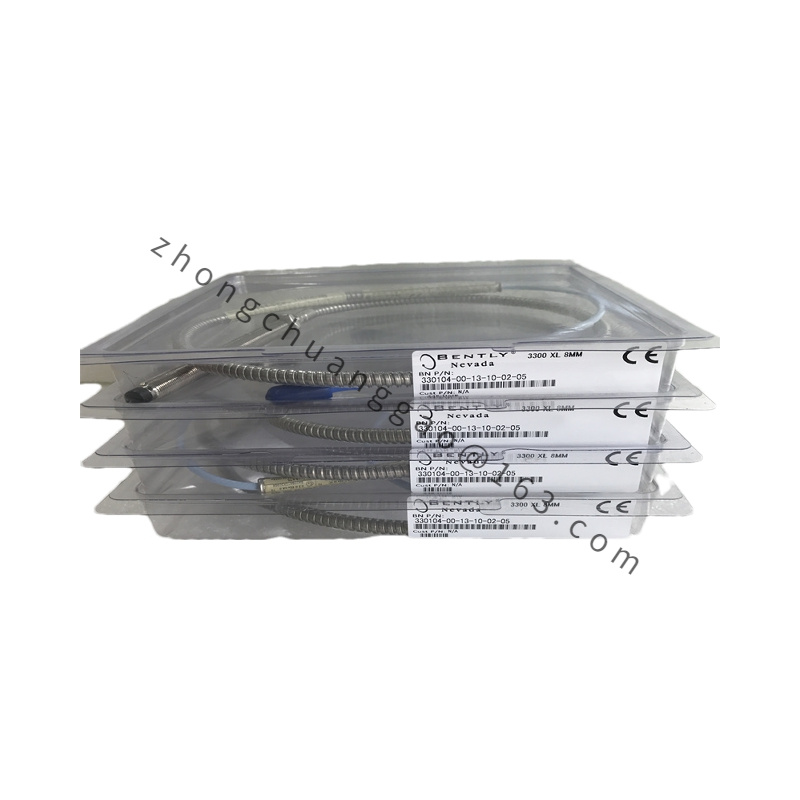
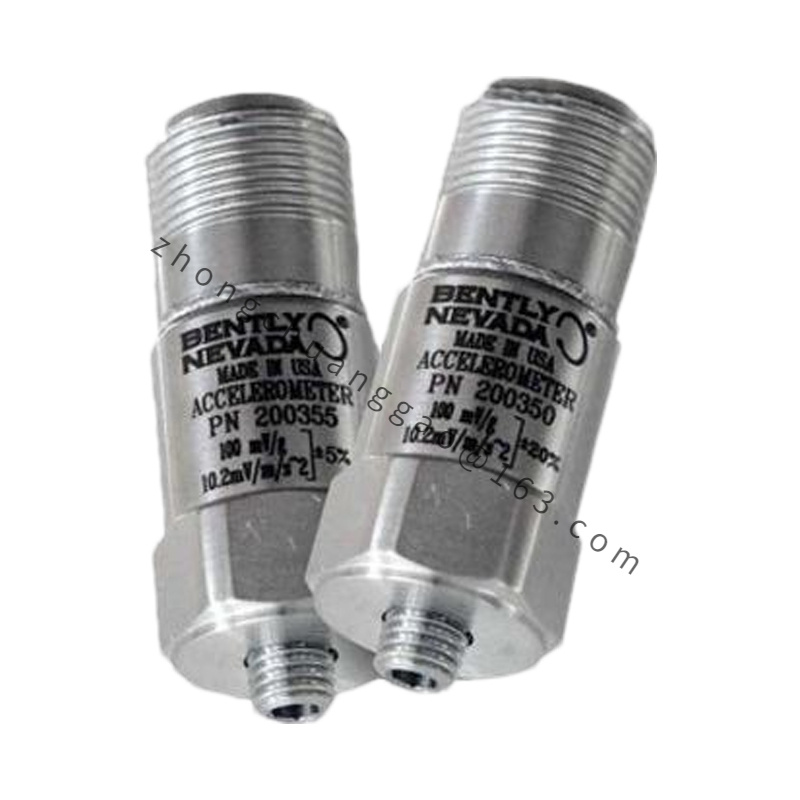
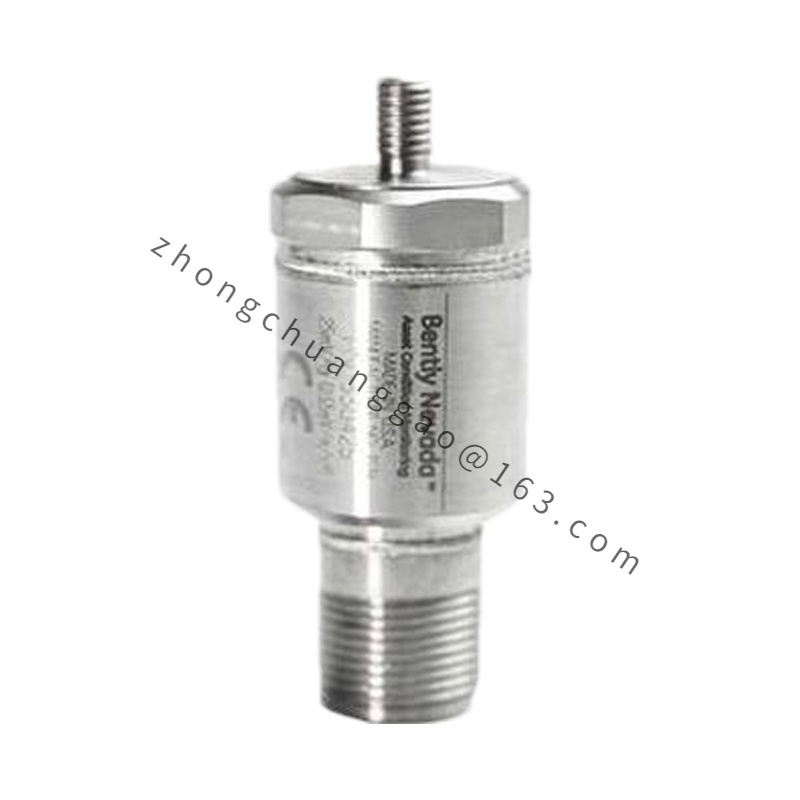
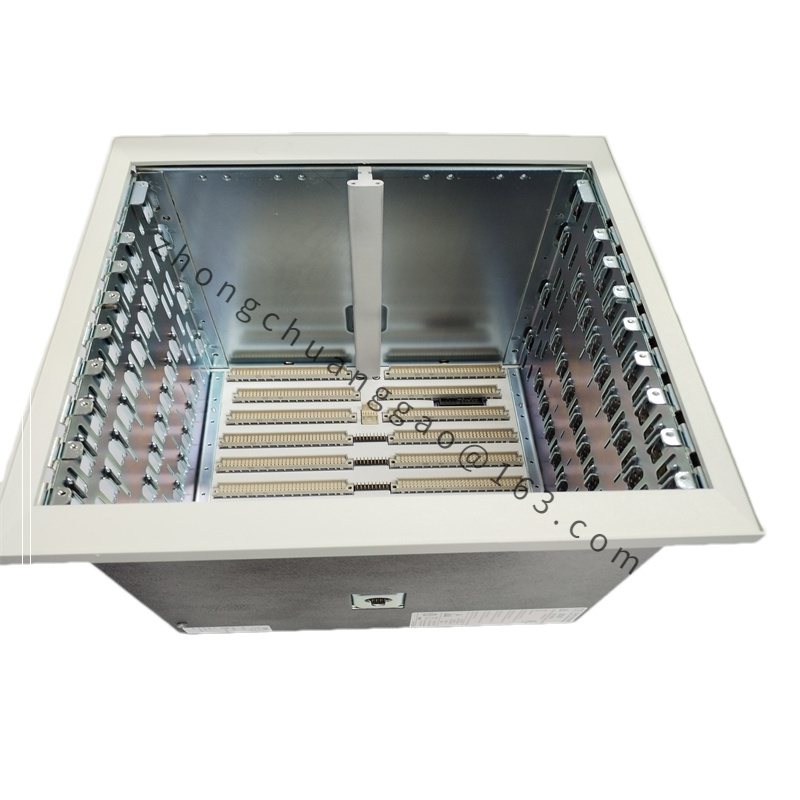
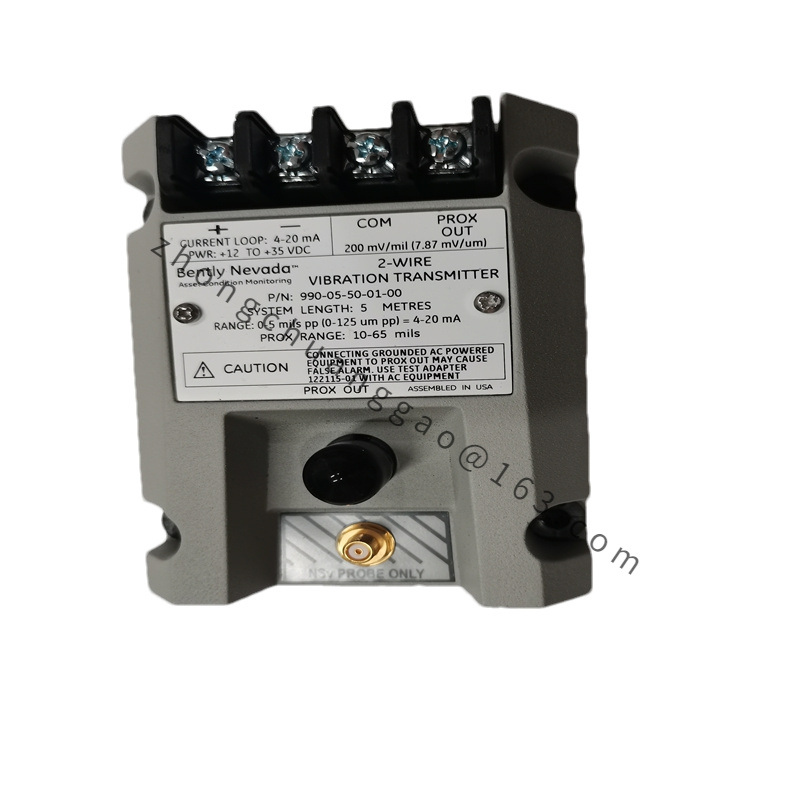
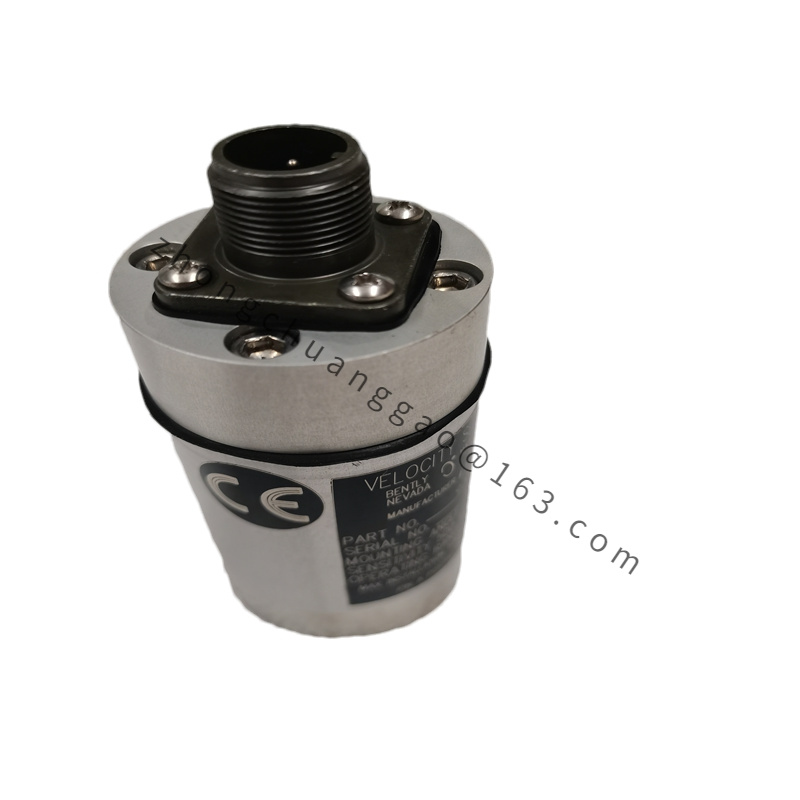
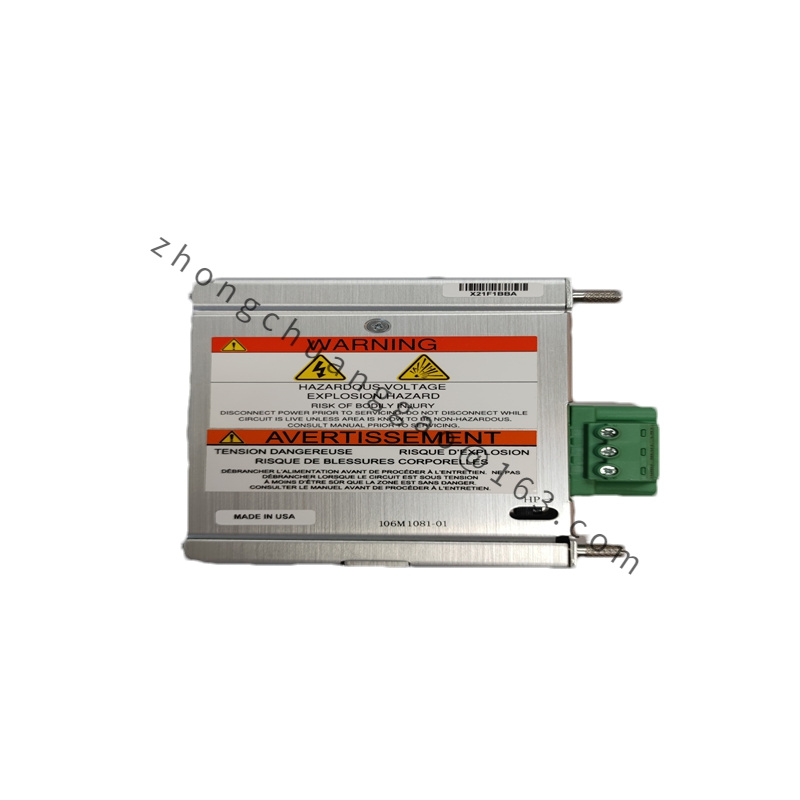
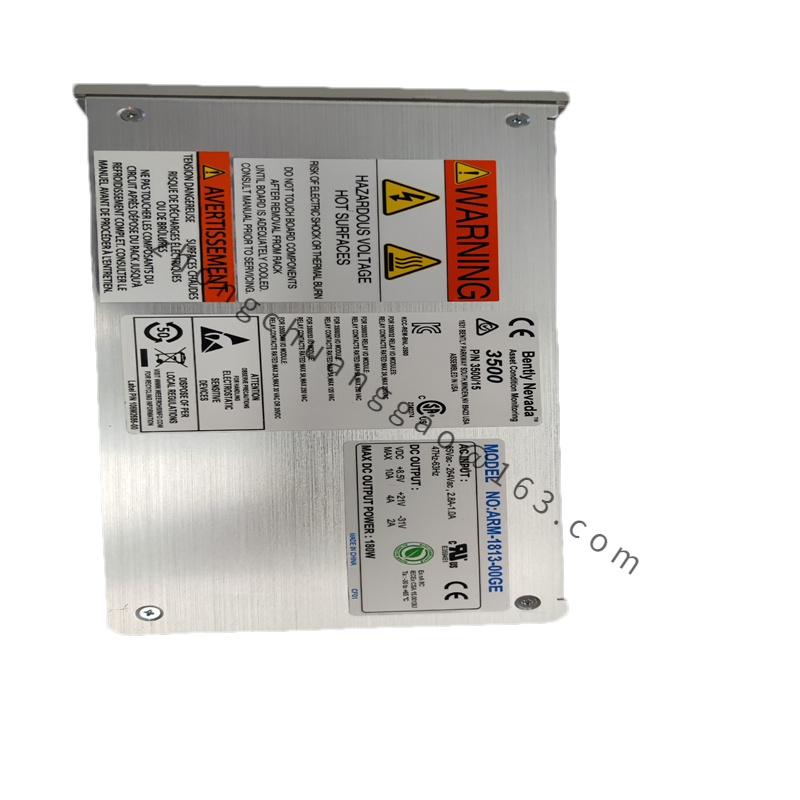
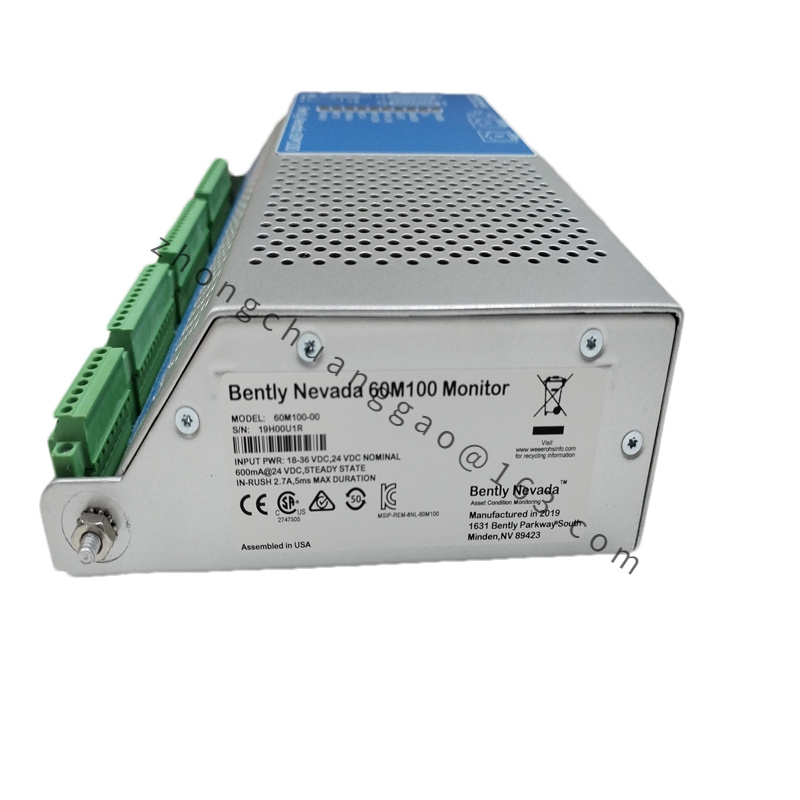
.jpg)